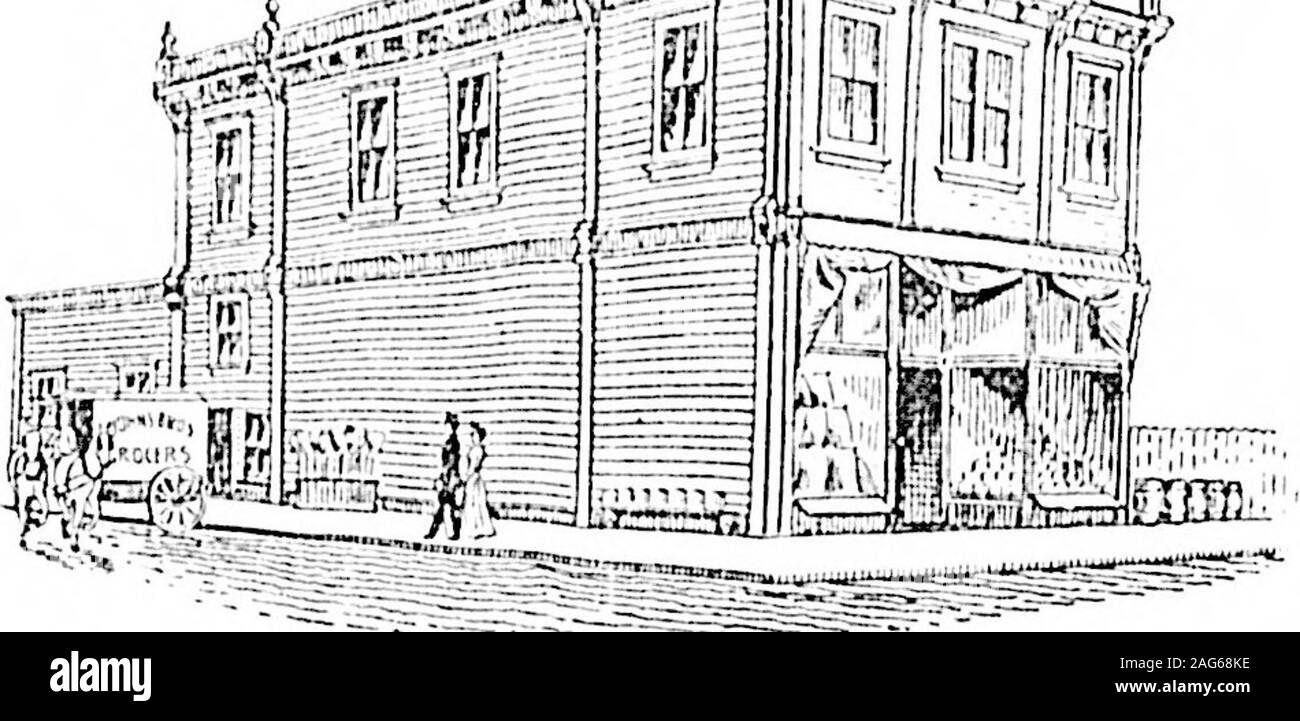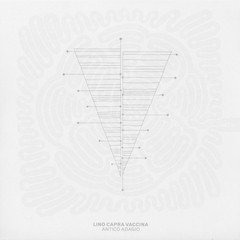

Since The Sound signed with major label WEA shortly after the released of World Of Rubber, the album ended up being Second Layer’s swansong, making it all the more sought after today. Second Layer’s heavily synthesized and dystopian ‘cold wave’ sound first surfaced on a couple of EPs, issued on their own Tortch label, and when debut album World Of Rubber was released on Cherry Red in 1981, it was a very different beast indeed, being far more abstract, the minimal instrumentation masking occasional morbid lyrics about “Black Flowers,” bodies in an open grave and, on “In Bits,” the disintegrating personality of Borland’s protagonist “Japanese Headset” subjected an unknown foreign soundtrack to stereophonic effects. Post-punk duo Second Layer was formed in London in 1979 by southpaw guitarist/vocalist Adrian Borland and bassist/keyboardist Graham Bailey, who would both gain greater fame in the somewhat more mainstream act, The Sound Borland has previously been active in Wimbledon punk trio The Outsiders, which released two albums and an EP on their own Raw Edge label before disbanding.

Nearly 100 years after Herrara’s suit was first built, inspiration from his design can still be seen in astronaut gear created by space organizations of all sorts, and indeed in those space suits in active use today.Dirtnap Color Vinyl: Green Noise Exclusivesīack to Black: 100% (Program Guidelines & Artists) Nonetheless, Herrera’s suit was the inspiration for the design of NASA’s first space-used space suit. Herrera declined NASA’s request for help in creating a new space suit when they refused to place a Spanish Republic flag on the helmet. Herrera’s design had not gone unnoticed, but did not fall into practical use until NASA offered money for his assistance some 30 years after his first prototype was created. During World War II, Herrera was offered money for his suit by the Nazi government, which he refused. Herrera, loyal to the Republic, fled in exile to South America. Soon after it was crafted, civil war broke out in Spain in 1936. Sadly, this suit was never able to be tested. A steel-threaded final layer was added, encasing the suit entirely.Ĭompleting this suit was an aluminum helmet, complete with rebreathing apparatuses, thermometers, and microphones. The rubber layer generally consists of butyl, synthetic rubber, or polyisoprene type. The inner liner assures that the tyre will hold high-pressure air inside, without the air gradually diffusing through the rubber structure. As wool will absorb the liquid in the atmosphere, Herrera added a second layer made of rubber to his suit to protect the wool from moisture. The inner liner is an extruded halobutyl rubber sheet compounded with additives that result in low air permeability. To accomplish this, he designed a suit that had a wool layer, covering the person from head to toe in this material. Traveling at this altitude had meant death for those who tried before, prompting Herrera to invent gear to make this quest possible.Īlong with a vessel that could safely rise to higher altitudes, Herrera knew he would need to make a specialized suit to protect the rider. According to NASA, it stretches to 31 miles above the Earth’s surface. This second layer of the Earth’s atmosphere begins nine miles above the planet’s ground level. Traveling upwards into the Stratosphere was his goal, but he knew it was one that had dire consequences for many who had attempted it before (via The Fanatic). Herrera wished to push balloon travel to the limit. Herrera also earned the distinction of becoming the first person to cross the Strait of Gibraltar by balloon. Like a sullen Suicide or skrawnier, stripped down Dome, they made the most of basic set-ups, recording ten tracks including some sheer highlights. They would also make music alongside others in other cultishly appreciated units, The Outsiders and subsequently The Sound. He participated in many successful missions over the northern part of Africa. A stone-cold post-punk classic, 'World of Rubber' was the sole LP produced by Adrian Borland and Graham Bailey as 2nd Layer. While in the Spanish army, Herrera was part of the Hot Air Balloon Unit. Herrera emphasized his studies in the field of aerostats, a more technical term for hot air balloons. He joined the army as a young adult and graduated from the Engineers Academy in Guadalajara. Drawing on inspiration from both his military father and the novels of Jules Verne, Herrera became passionate about the fields of aerostatics and aviation. Herrera was born into a wealthy family in Granada, Spain in 1879 (via Open Mind). Rather, Herrera was set on building a suit that would allow him to explore the skies in a hot air balloon. His name was Emilio Herrera, and his motivation was not to create a suit in which he could traverse outer space.


 0 kommentar(er)
0 kommentar(er)
